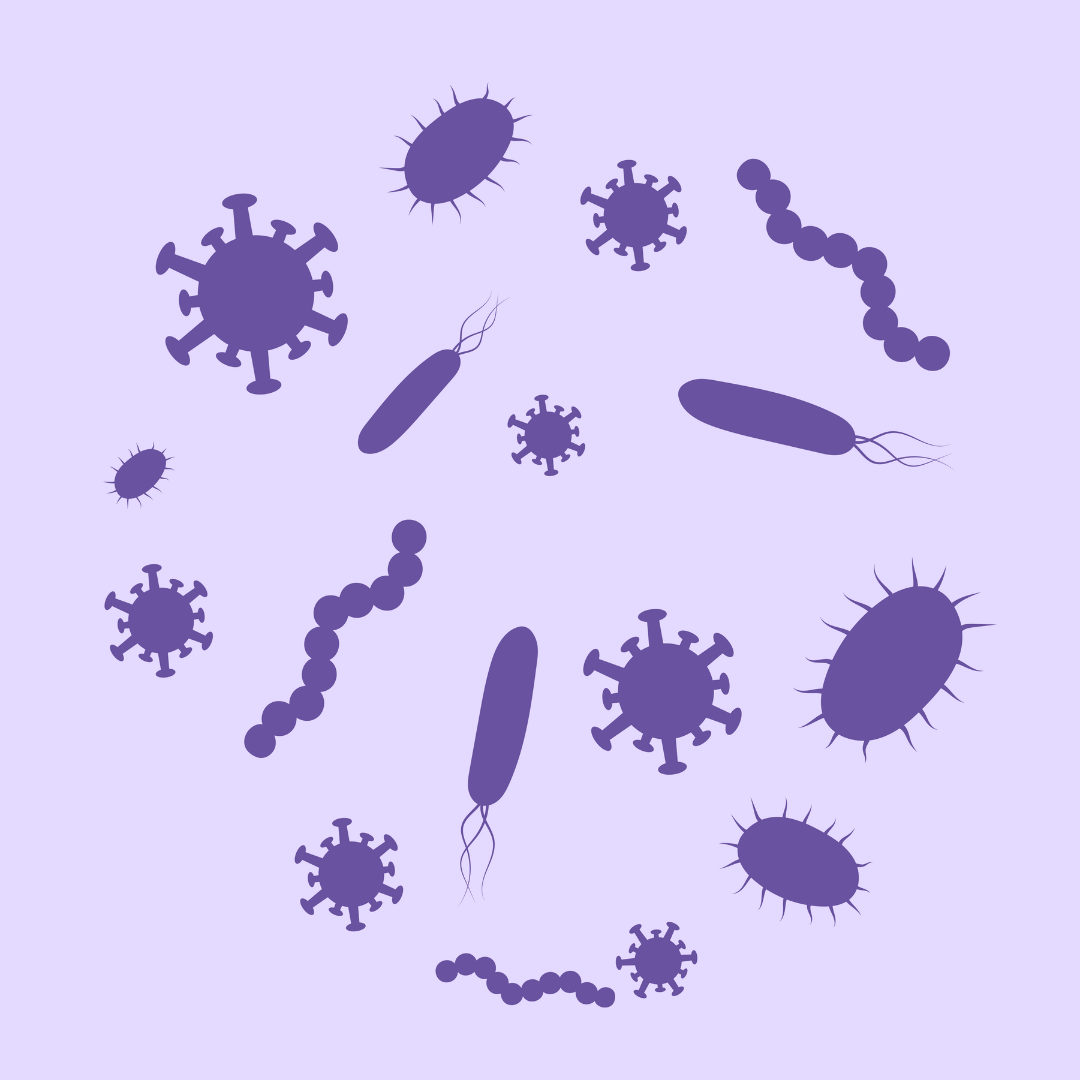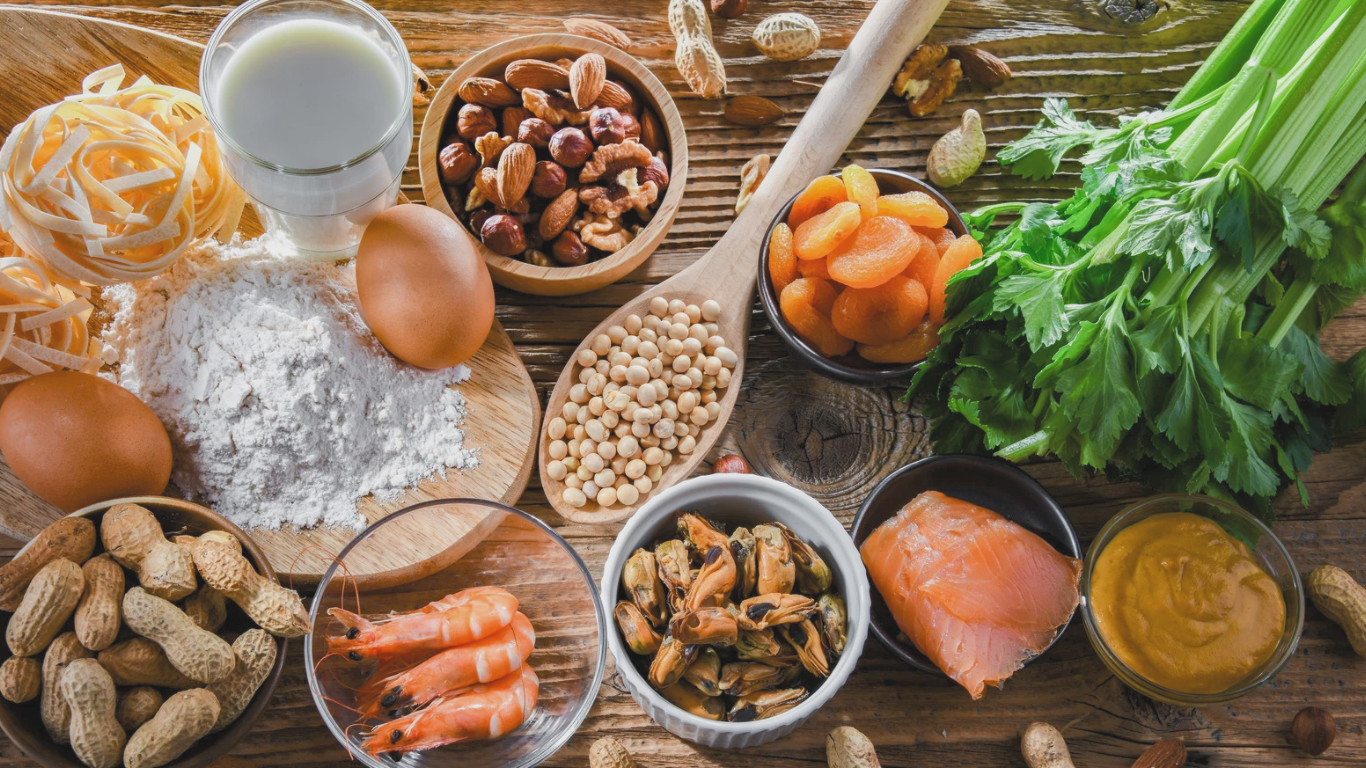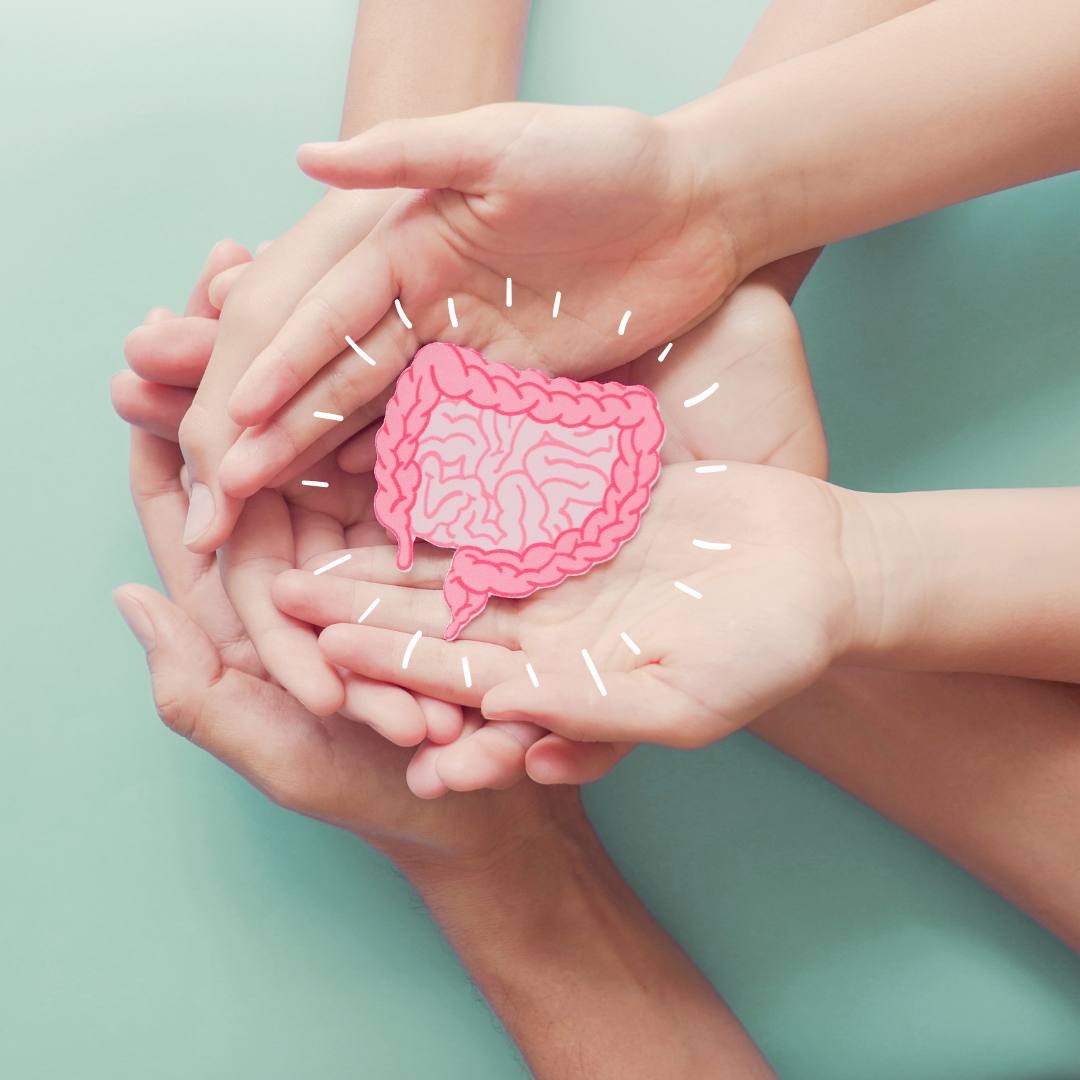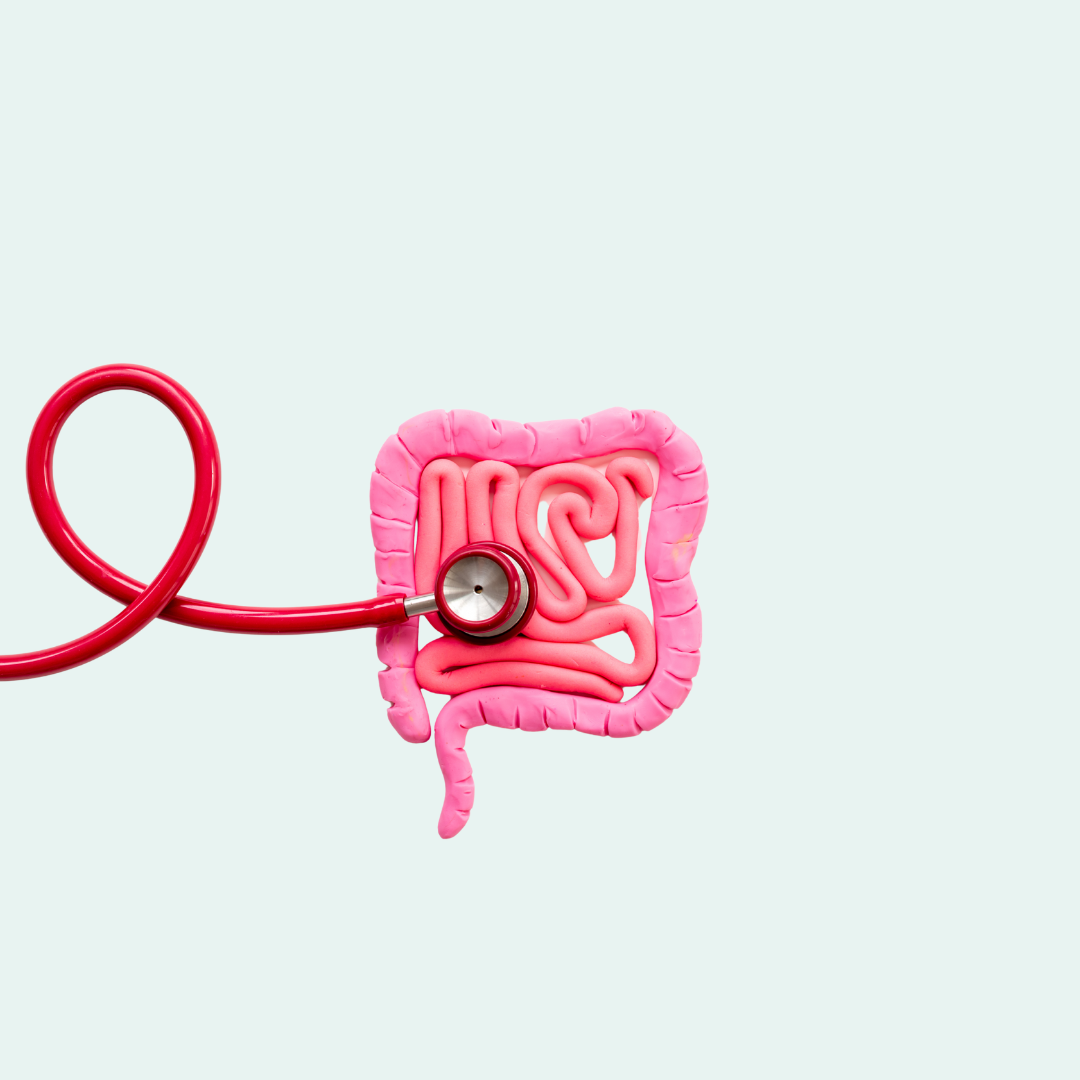Blog

By Rhya Pachin
•
June 2, 2025
Many people think parasites are only a concern when traveling to developing countries or places with less stringent sanitation practices. But here’s the truth: parasites aren’t just an international travel problem. In fact, many of us are exposed to them regularly—right here at home.

By Rhya Pachin
•
April 3, 2025
FOOD ALLERGIES: A Rapid Immune Response Food allergies occur when the immune system mistakenly identifies a food protein as a harmful invader and releases IgE antibodies to attack it. This triggers an immediate reaction , which can range from mild symptoms like hives and swelling to severe anaphylaxis. Even the smallest amount of an allergen can cause a reaction, making cross-contamination a significant concern. Governed by IgE antibodies , which recognize allergens and trigger histamine release. Symptoms appear within minutes to hours and can be life-threatening. Common allergens: Peanuts, shellfish, dairy, tree nuts, eggs, and soy. ✨ Research Spotlight : Food allergies affect about 6-8% of children and 3% of adults worldwide, with prevalence on the rise.✨

By Rhya Pachin
•
March 10, 2025
Looking to detox your home and daily routine this spring? Learn how to reduce toxin exposure with simple swaps for cleaner air, water, skincare, and household products. From non-toxic cookware to safer cleaning solutions, these easy changes will help create a healthier home in 2025 and beyond.

By Rhya Pachin
•
February 3, 2025
Joint pain can feel like an unavoidable part of aging, but with the right strategies, you can support your body and stay active. Key supplements (along-side a whole foods, anti-inflammatory diet) can help reduce inflammation, protect your joints, and keep you moving pain-free.

By Rhya Pachin
•
December 5, 2024
Discover the power of functional nutrition in this comprehensive guide. Learn how a personalized, root-cause approach to health can transform your energy, digestion, and overall wellness. Explore the benefits of addressing diet, lifestyle, and imbalances to achieve sustainable results. Perfect for anyone seeking natural solutions to thrive.

By Rhya Pachin
•
November 8, 2024
Learn how to choose the right probiotic for your gut health! Our comprehensive guide covers everything from CFU count to strain variety, helping you make an informed decision for optimal digestive wellness. Find tips, expert recommendations, and more in this must-read blog!

By Rhya Pachin, RDN, LDN, CLT
•
October 11, 2024
The Gut-Skin Axis: A Functional Medicine Perspective The gut microbiome , which is the collection of trillions of bacteria that populate the human digestive tract, is the main hub of communication with the rest of the body, including the skin. Therefore, skin conditions often have an underlying cause rooted in the gut. In functional medicine, where we frequently observe concurrent gut and skin imbalances, we refer to this relationship as the gut-skin axis . Or, as the saying (maybe just my saying?) goes, if the gut ain’t happy, ain’t nobody happy. Additionally, the skin itself (and other organs/body systems) has its own microbiome that protects us externally from pathogenic organisms. So, skin issues can result from gut microbiome imbalances (and a congested digestive system) and/or a disruption to the skin microbiome. Chronic skin conditions such as psoriasis, acne, and eczema are often a combination of both.








